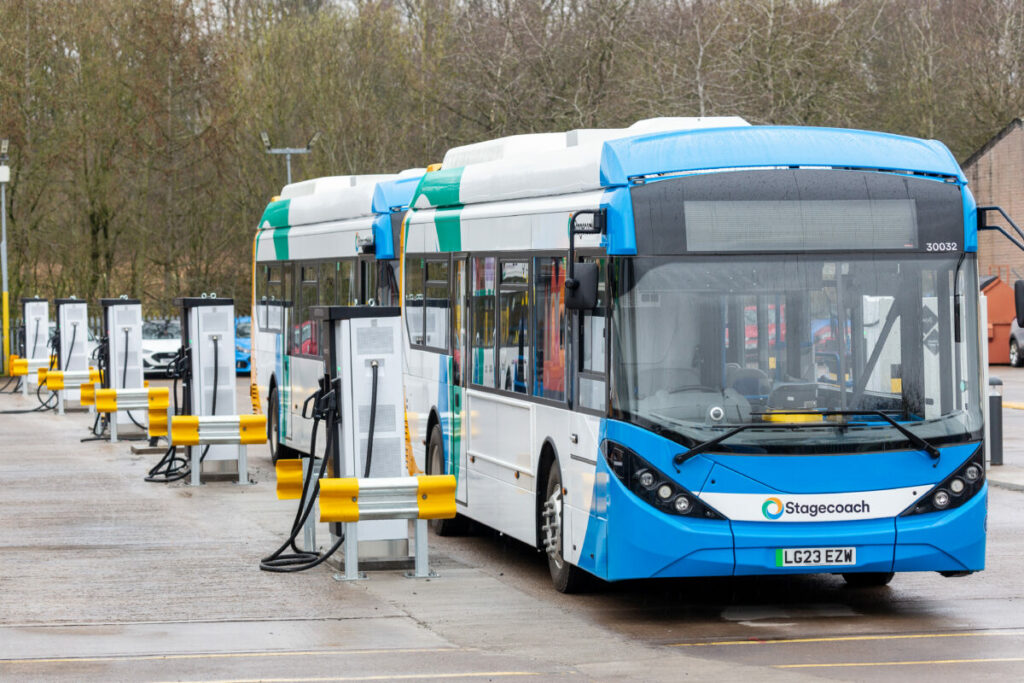The UK Green Building Council (UKGBC) has published a set of new guidance detailing how building design can be improved using better embodied carbon modelling.
Embodied carbon represents the amount of emissions from building materials, and the amount of carbon emitted during construction.
The group argues that a lack of consistency and transparency in embodied carbon modelling methods means that the environmental impacts associated with specific building materials, processes and design choices aren’t always accurately accounted for.
The guidance aims to tackle this with chapters on understanding LifeCycle Assessments and Environmental Product Declarations (EPDs), as well as how to write a good quality embodied carbon assessment report.
The organisation’s work on embodied carbon forms part of the UKGBC’s Advancing Net Zero Programme, and is backed by industry stakeholders including Berkeley Group, Lloyd’s Banking Group, Turner & Townsend and JLL.
It comes as last month some of the UK’s biggest construction companies wrote to the prime minister to say that delays on green building policy could negatively impact investment in housing.
Subscribe to Sustainability Beat for free
Sign up here to get the latest sustainability news sent straight to your inbox each morning
“Decisions made in the early stages of any construction project of any construction project such as what materials to use or whether a building can be retrofitted have significant implications on embodied carbons,” said UKGBC group head of sustainability Louise Clarke.
“To ensure we make the right decisions in these situations and prevent locking-in high levels of embodied carbon, we need maximum transparency and clarity on the calculations being made during this design and modelling phase,” she continued.
“Without effective measurements tools, emissions will not be accurately measured and effectively abated. Transparent embodied carbon data is therefore a key pillar in achieving sustainable construction,” she added.
Turner and Townsend UK advisory managing director Peter McGettrick said: “By nature, embodied carbon emissions are hard to measure. They occur throughout our supply chains in a mix of different places and relate to many different processes not under our control”.
“UKGBC’s guidance provides useful explanations and approaches for achieving greater accuracy and more reliable reporting on embodied carbon, as well as making the case for standard approaches to modelling to drive positive throughout the industry,” she continued.















